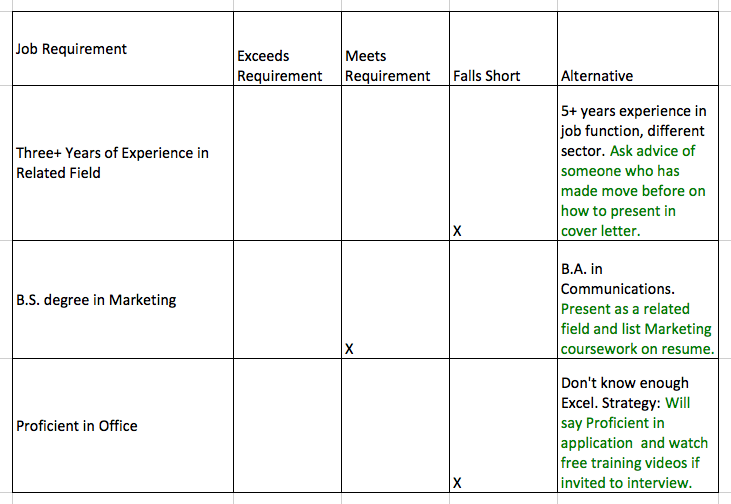How to Cut Through Red Tape and Get the Job
Ever applied for a job, interviewed, and never heard back — only to see the same job re-posted with a different job title or modified description weeks later on the company’s website? If yes, you are not alone.
This is the third post in a five-part series designed to take you behind the scenes for an in-depth glimpse of what really happens behind closed doors as employers go through the hiring process. We’ve shared information about how jobs are created and how employers find employees. Today, we turn our attention to a persistent problem that takes place inside companies when recruiters, hiring managers, and senior executives aren’t on the same page.
Miscommunication in the workplace with regard to hiring decisions costs companies time and money in lost productivity each year, and leaves many great candidates on the sidelines scratching their heads. Here are three common scenarios that happen as companies hire — as well as tips on how to spot and address them.
- The unadvertised opening – a job “you’ll be perfect for.”Over 1/4 of all hires come from referrals or recommendations of employees or trusted colleagues. In a perfect world, you mention an interest in a hypothetical job to a friend. Your friend knows of a job and recommends you. You give a friend a paper copy of your resume. You land an interview. And you get hired — without ever applying. Unfortunately, this rarely happens without a few bumps. The biggest reason why: A majority of U.S. employers must comply with EEOC and federal hiring guidelines which state that jobs have to be advertised, and that candidates can only be hired if they are official applicants. (Other obstacles to the “hire on recommendation” approach include other colleagues who don’t know you.)The fix:Submit your application materials to the company when you hear of an opening — even if you have a friend who already works there and has offered to put your resume on the CEO’s desk. Apply through official channels, even if it is only a matter of submitting your resume and a letter of interest to HR. Don’t be afraid to drop names in your cover letter or e-mails: Make it clear who alerted you to the potential opening, and — ideally — state how you know them.
- The position that disappears — only to be re-listed after you’ve applied and/or interviewed.This is a tricky one, since employers re-post positions for multiple reasons: Perhaps the hiring manager decided the job required a different skill set, perhaps the job did not get posted on the right websites to comply with company policies, perhaps the CEO of the company wanted to see additional candidates…The list goes on.You’ll never know what happened unless you ask.The fix: Be direct with the company. Call HR or the Hiring Manager. Ask about the status of the position. State your continued interest in the job and provide information about any communication you’ve had with them. Ask if you can — and should reapply. (Tip: Don’t leave a message or send an e-mail. Easier to get a direct response when you call and ask — in person!)
- The perpetual job opening.Ever seen the same job listed in the paper — every day for a year? It could be a sign of a scam, or a job search that is on hold — or it could be the sign of a position where employers can’t keep new employees.The fix: See if you can find an inside connection to the hiring organization — and ask about the job before you apply. If you can’t find out any information, make sure it is not a scam. (You can also seek out listings on sites that focus on providing new and current job listings. At StartWire, we only post positions that have been posted within two weeks!)
When you do apply, don’t rely on that job application alone — apply to multiple positions and organizations at a time.
Have you ever experienced these challenges or any other “what happened” moments as a job search candidate? If yes, weigh in — we want to hear from you!













